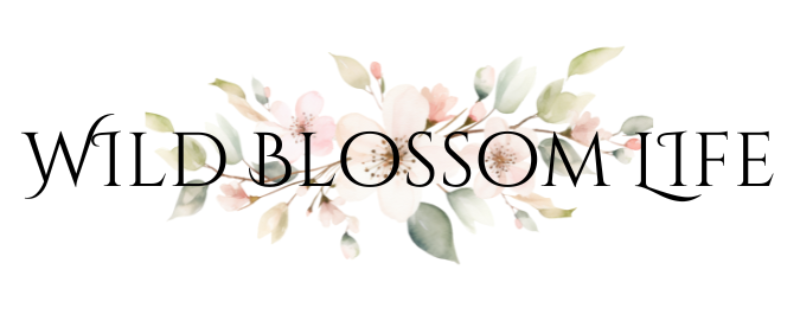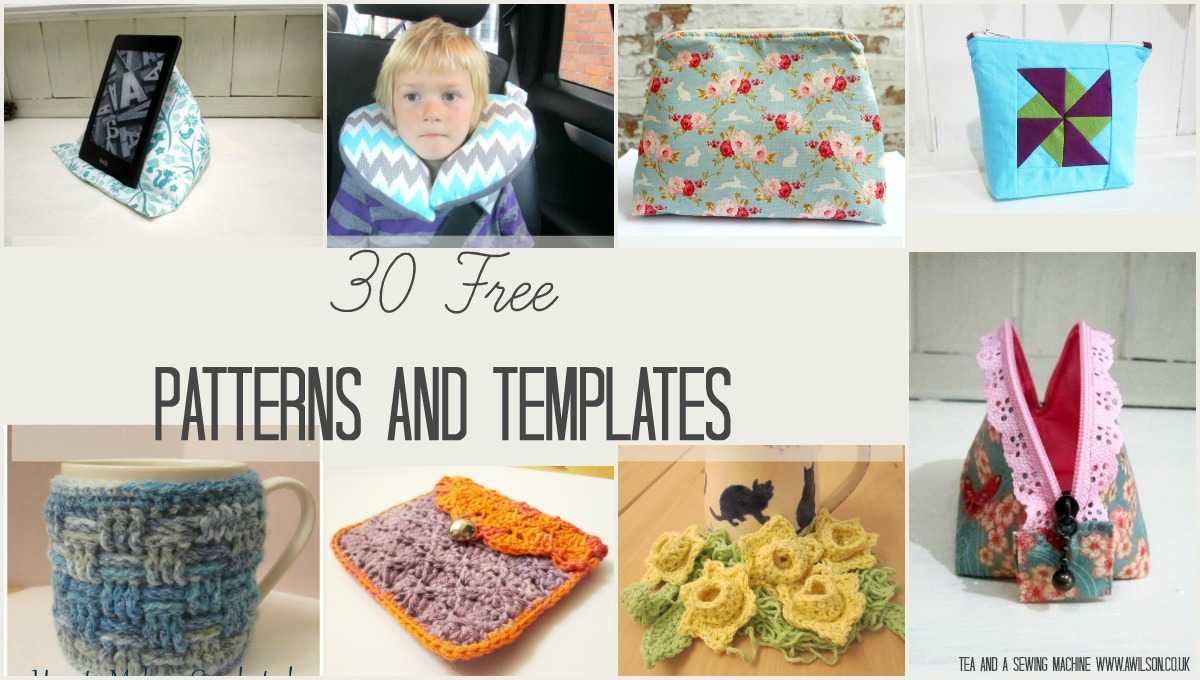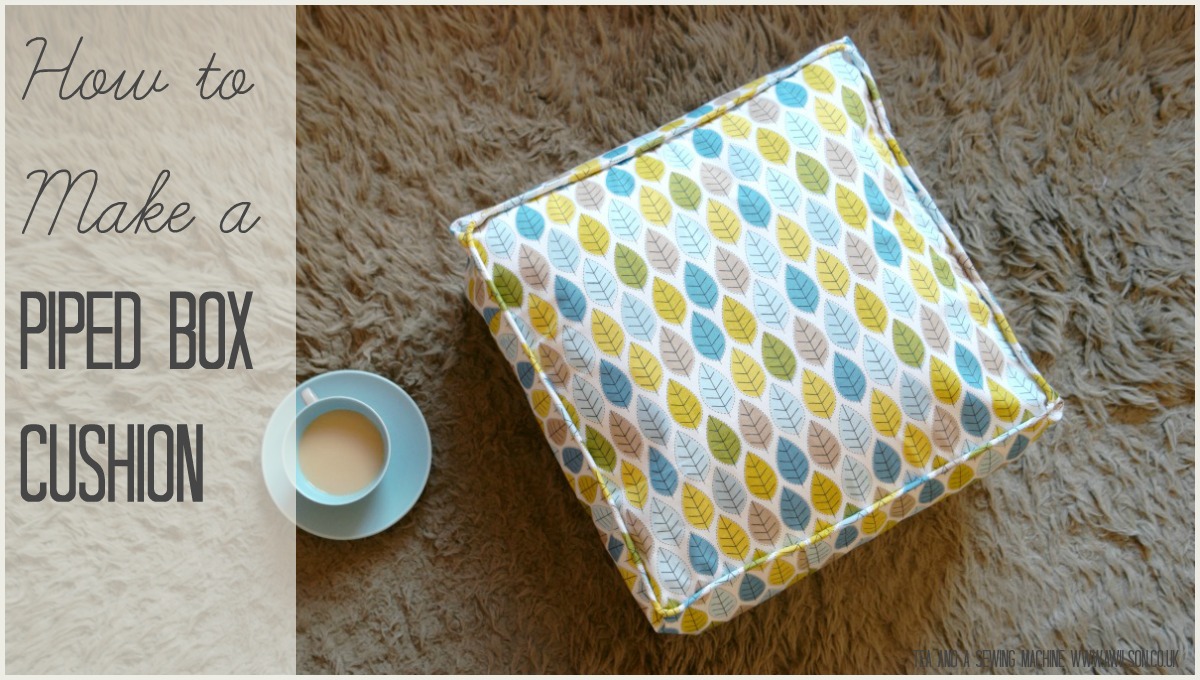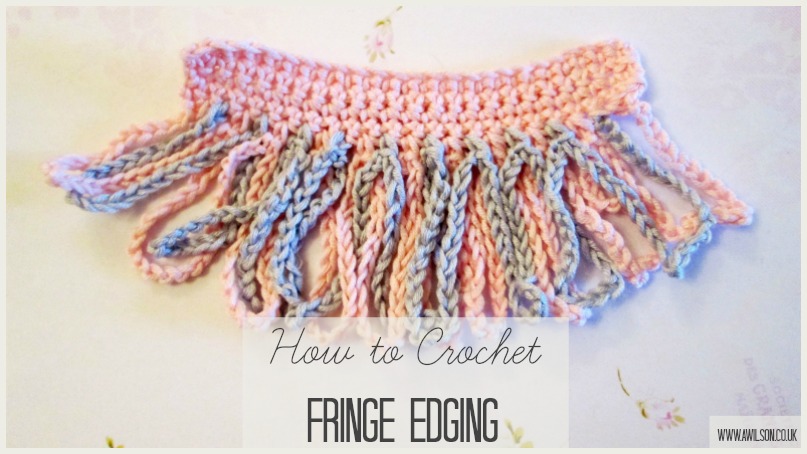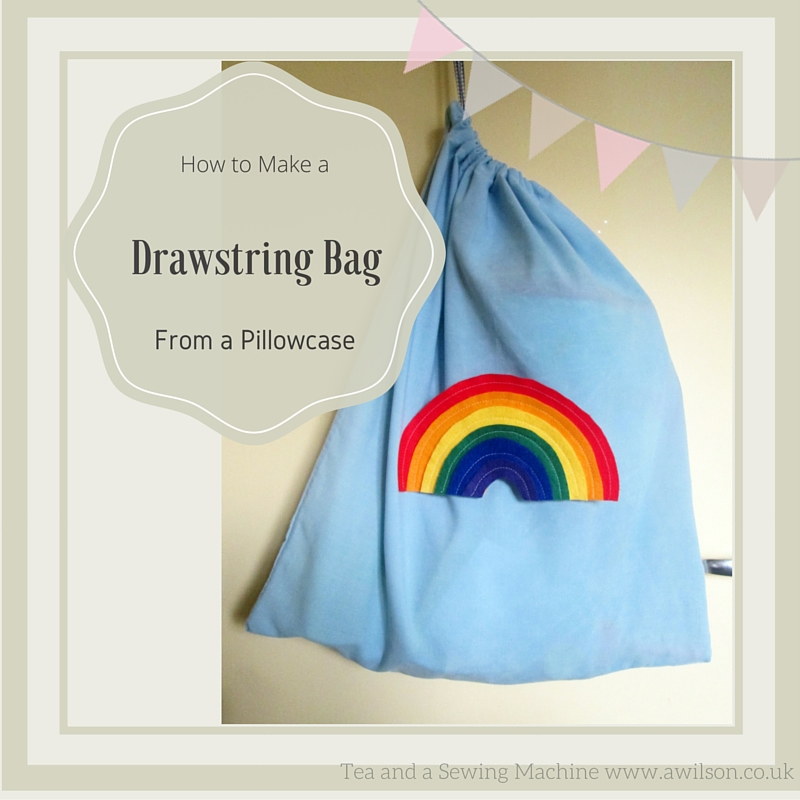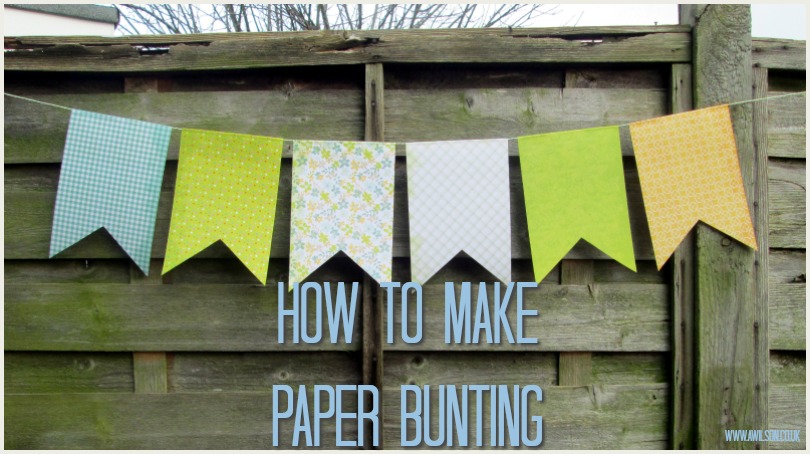Creativity and Using All Our Senses

Years ago, when I was a teacher, I remember that people beginning to talk about children as being different kinds of learners. Some children were auditory learners, which meant they learnt through listening, others were visual learners, which meant they found it easier if there was a diagram or a picture, and others were kinaesthetic learners, and they learnt best through doing. Obviously there was potential for some problems in a school system that caters more for auditory learners, so we were encouraged to make sure we thought of those other kinds of learners as well in our lessons.
Why Multisensory Experiences Matter
Although I did (and still do) believe there is some truth in this, I think that whichever way somebody prefers to learn, the best way is probably through a multisensory appraoch. The more of our senses we engage while we are doing something, the more likely we are to remember.
This is true of other areas of life as well. The more of our senses we use, the more likely it is that we will understand, and the easier it will be to remember. This is as true for memories as it is for maths.
Just think for a moment of a memory you treasure. There are probably sights and sounds, and possibly smells as well. There might be textures, perhaps of what you were wearing, or where you were sitting, and, as another way of thinking about touch and feeling, how you felt. There might be memories of how things tasted, whether it was that you ate or drank things in particular, or how things tasted in a particular place.
A Memory Brought to Life by the Senses
Here’s an example from my own life. About 10 years ago, we took our boys on holiday to the German speaking part of Switzerland. At the time they were 9, 7, 5 and 2, and it was the first time we had taken them abroad. We were staying in a little town in mountains not far from Interlaken.
I have vivid memories of how beautiful it was. Every morning was like waking up in a painting. It was so clean and bright. The air was crystal clear and the sky was so blue. Everything smelt lovely. The air was fresh and the rivers and lakes smelt of minerals. Towards the end of our time there, the farmers were cutting the grass on the lower slopes for their cows to eat during the winter, and it smelt amazing. The water was cold and tasted very clean. I remember the rocks, and the bark on the trees, the smooth walls of churches, the cows and the log cabins. I remember hearing alp horns on the breeze, and my little boys making bus noises as we walked along.
Remembering all of these things with all of my senses, and not just the view, helps it come alive. It’s hard to believe it was 10 years ago!
Being, Not Doing, in Nature
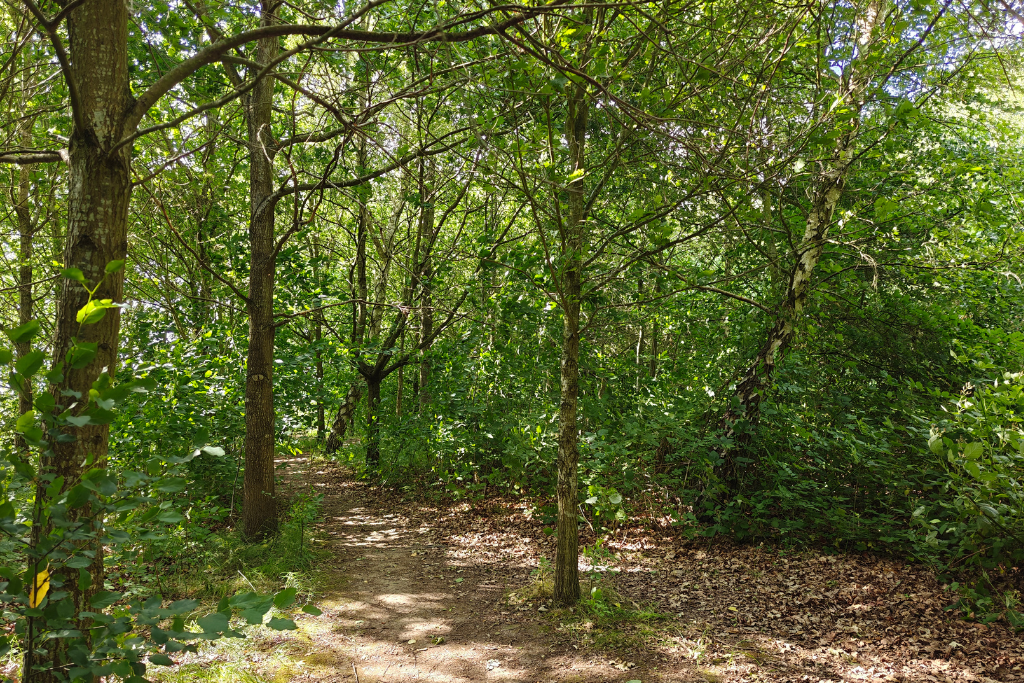
In forest bathing, using all senses is a way to slow down and be fully present. I’ve talked about forest bathing before. Forest bathing is quite different to going to the woods for a hike. The point of it is not to get somewhere, but to be fully present and notice what is there. Obviously when out on a hike, you do notice things, but it’s not the same. You will probably also be very aware of other things like your legs hurting and being sweaty!
How Our Senses Feed Our Creativity
As people who like to make stuff, it’s obvious to see how we might be inspired by the colours around us. We might crochet a blanket inspired by the colours in a beautiful garden, or create an outfit that makes us to feel like a maple tree in October.
We might also consider the textures of the materials we are using, and how we want the finished thing to feel. We might want it to feel soft or cool, crisp or fuzzy, textured or smooth.
I remember going clothes shopping with my mum aged about 12. Mostly I remember it being a nightmare! I was a fussy child, I didn’t like anything, and my mum would get annoyed quite quickly. I remember that just looking at the hideous clothes I wouldn’t have been seen dead in wasn’t enough. My mum wanted to handle them too. I, on the other hand, just wanted to go home!
I find I do this myself now, and I suspect you do too! And not just clothes either. Have you ever been into a yarn shop and not squeezed the balls of yarn?! Or bought fabric only after handling half the shop?
It’s Not Just What We See
I think other senses can come into it too, both consciously and unconsciously.
It’s capturing something else of what inspired us, or part of what was there that we perhaps paid less attention to, but was there nonetheless.
There might be an element in what we make that reflects the birds we heard, or the wind, or the feel of the sun on our faces. It might always not be obvious, but at least sometimes, it will be there in some form.
This is one of the reasons why I really value going out for a walk. I feel it’s good sometimes just to have an awareness and an openness to paying attention, and really seeing what is there all around us. It can be good to have no expectations, because that way we don’t put ourselves under any pressure. Then anything creative that occurs afterwards is more likely to be natural and joyful.
It makes me think of Van Gogh’s paintings. One of the things I really love about them is the swirly skies. I don’t believe that Van Gogh got caught up in overanalysing the skies, or fussed over getting them perfect. I believe that when he painted, he put his whole self into it and that is what came out. Not just what was there visually, but what he felt and remembered. That’s why is paintings are so interesting. They are not like photos, they are far more expressive. The swirly skies suggest that it was windy, and perhaps he liked windy days.

One of the reasons why I created the Wild Blossom Companion is because it gives a theme that is open ended, as well as giving some broad ideas of what to look out for. Any ideas that arise might come out in a larger project. Plenty probably won’t. But they all feed into what we are doing in some way, even if it is feeling calm enough just to start!
An Invitation to Use Your Senses
Here are some suggestions for ways in which you could use your 5 main senses while out on a walk.
Sight
Notice shapes and colours around you. There might be patterns as well. As the seasons change, you might notice how colours change, or how they look depending on the weather. Leaves often look very bright in sunshine after a thunderstorm, when they are still wet and the sky is grey.
Touch
You could touch different natural textures, like bark, petals, or smooth stones. You might take a moment to pay attention to how the weather feels on your skin, whether it is sunny, cold, windy or rainy.
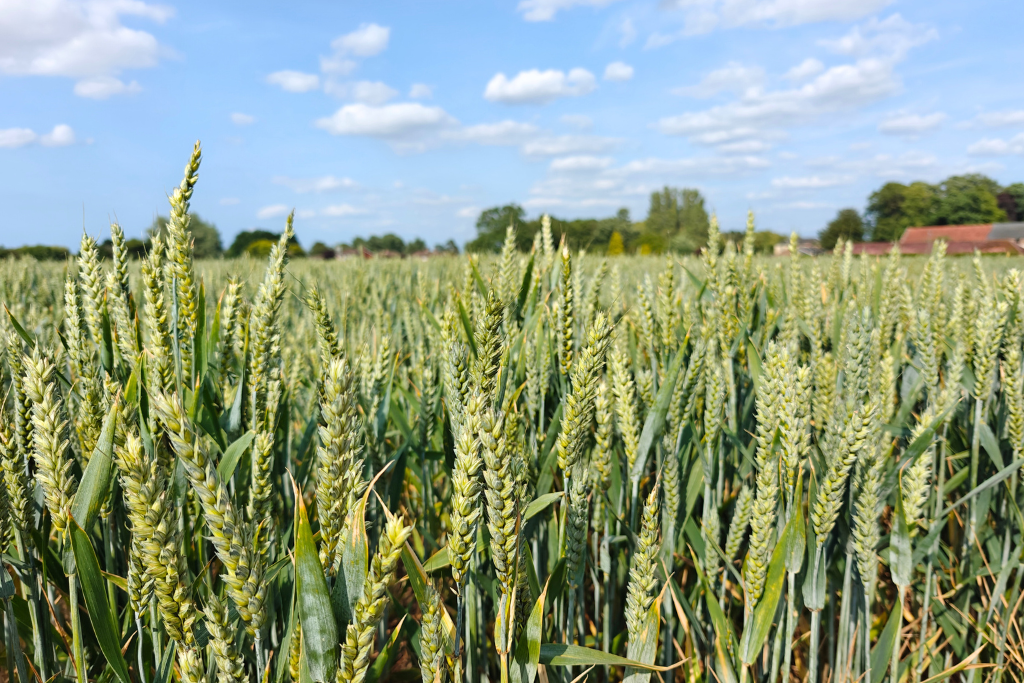
Sound
Pause to listen to wind, rain, birdsong. There might be annoying noises as well, but they all combine into a kind of tapestry of sound. Often noise and sounds become like white noise. Making a point of listening to individual sounds is a way of being truly present.
Smell
Notice the smells around you: flowers, dead leaves, or the rain on warm earth. Sometimes there might be unpleasant smells. Living in a rural area means that here, twice a year, goodness knows what is spread all over the fields and the place frankly stinks. It’s the kind of smell that sticks to your teeth! I think it’s important to acknowledge these less than pleasant sensations as they are part of the whole. And there are plenty of lovely smells as well as the horrible ones.
Taste
This can be more difficult. Popping a few ripe blackberries into your mouth is one way. It’s still too early in the year for blackberries, but drinking some water, or from a flask of tea and actually noticing how it tastes is an easier thing you can do all year round. I find water much nicer when I am outside, especially if the water is cold. The rest of the time I usually prefer my water hot and with a teabag in it!
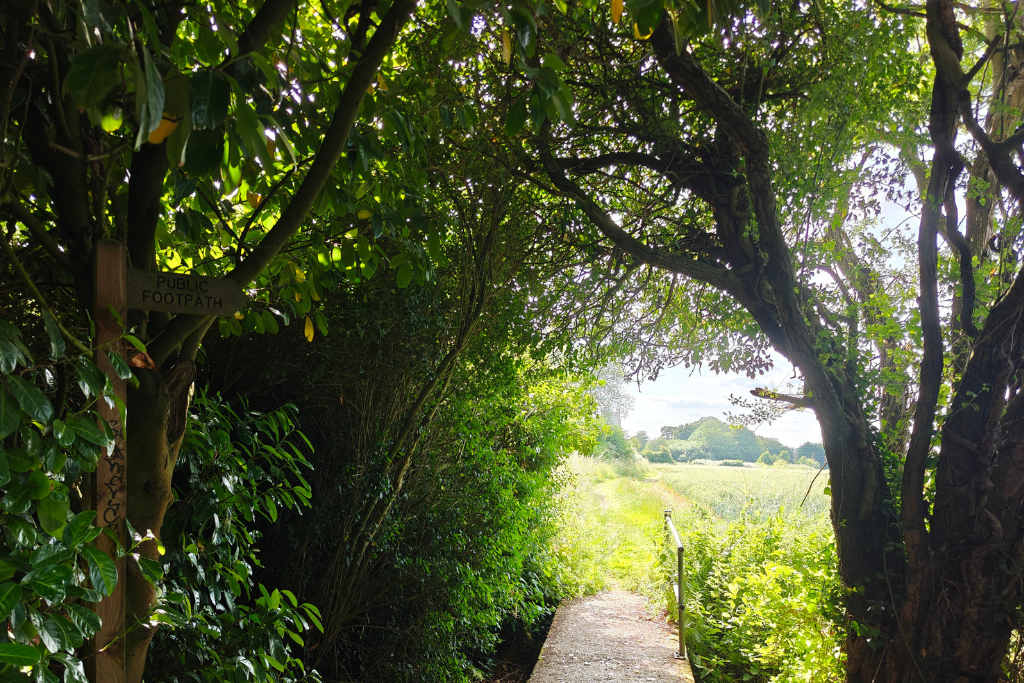
A Seasonal Guide for Noticing and Creating
If you like the idea of having a theme, and some gentle ideas for creative things you can do, you might be interested in the Wild Blossom Companion, which is a gentle, seasonal guide for creative people. There is more information and subscription options here, and standalone months on Etsy here.
